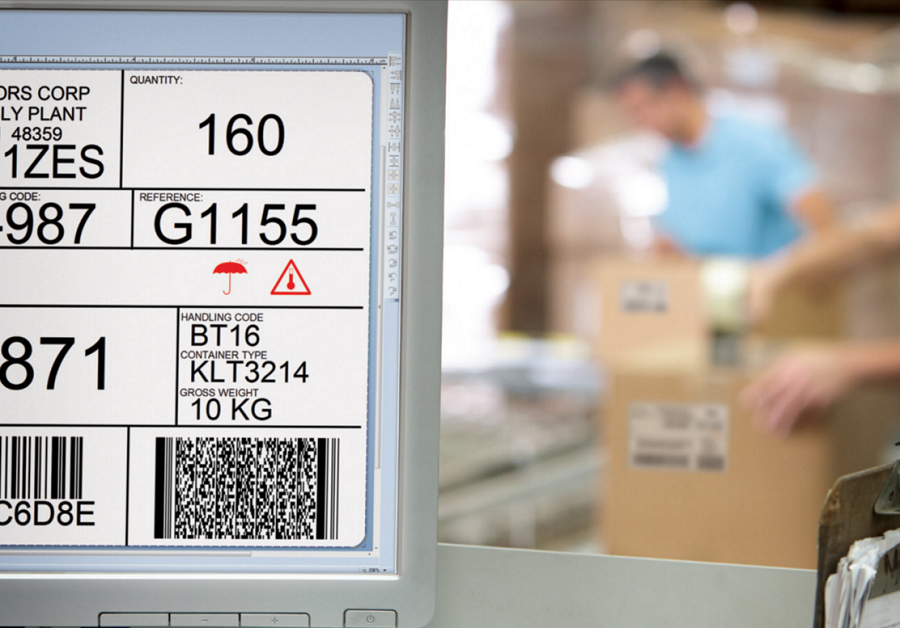Barcodes can increase efficiency, reduce costs and errors, and help companies meet regulatory requirements. But these benefits can only be achieved if the barcode software used to create them can be trusted to encode the required information quickly, and then print it consistently and accurately.
Barcode printing software can help you more effectively create custom labels, asset tags, shipping labels, ID badges, coupons, and other items that can improve your supply chain, asset tracking, and other applications. These solutions also reduce errors by eliminating manual data entry, and can automatically generate company-specific serial numbers and other data you need for your labels.
Not all barcode printing software is created equal, however. Here are three features you should look for when evaluating these solutions:
Integration with Enterprise Systems: Your barcode printing software should work in close concert with other enterprise applications, including ERP, WMS, and other solutions. These systems will help populate your labels with the correct data by linking with business systems such as SAP and Oracle. By pulling data directly from your own databases into the software, you can eliminate errors and ensure accuracy.
Integration makes it easier to print labels and streamlines the entire process. This automation can also increase the efficiency and accuracy of you barcode labels, so that the information in your databases matches what’s printed on the labels. Having accurate, reliable data makes it easier to use those same labels later to update inventory levels or other information in the database.
The barcode printing software should also be easily integrated into your business processes. Doing so can allow you to automatically initiate printing based on designated trigger events (such as modifying a database record), and perform basic file operations from within the application.
For example, Seagull Scientific’s BarTender 2016 software includes this enhanced database connectivity via drivers that can natively connect to a database, and an Integration Builder feature for connecting to other enterprise systems.
Symbology Support: Your barcode labeling needs will shift and evolve over time based on industry standards and customer requirements. Different applications require different types of barcode symbologies, including linear or two-dimensional (2D) codes, and each of your customers or users may have different data or barcode format requirements.
The new BarTender 2016 release includes support for more than 400 preformatted barcode components and 60 symbologies, along with support for GS1 standards. These include linear barcodes, postal and shipping barcodes, 2D barcodes, major data format standards, and label standards for specific industries (retail, healthcare) and specific companies (like Wal-Mart, Sears, and UPS).
The barcode printing software should also include support for RFID encoding. RFID smart labels are rapidly being deployed in a variety of markets and applications. These solutions combine RFID, barcode, and human readable information on a single label. Your labeling software should support industry standards for data structures and security, and be able to ensure accurate encoding of data in all formats.
Design Flexibility: Your label designs aren’t static. Over time, you’ll discover you need to add or remove data fields and label elements. Trying to adjust these components outside of a barcode-specific design program or communicating them to an outside designer can be time-consuming and error prone.
Barcode printing software allows you to store and easily alter templates and designs that are specific to your business. For example, BarTender’s Intelligent Templates feature enables companies to produce a variety of flexible label designs without creating and maintaining hundreds of different documents.
A robust barcode printing and label design solution can help you improve the accuracy of your labels while enabling new enterprise-level functionality that isn’t otherwise possible. Look for software that can be integrated with your other solutions, that provides label design flexibility, and that can support a wide variety of barcode symbologies and data standards.




